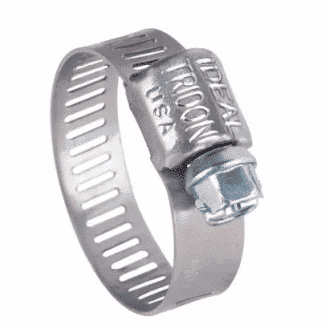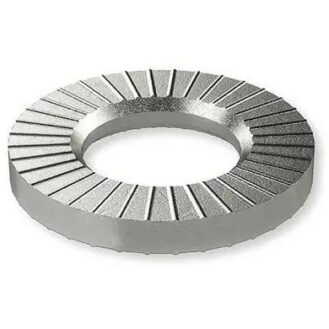Torque wrenches are used in all industrial sectors where bolting is required (automotive, aerospace, etc.). Here are some examples of their applications:
Tightening and loosening car wheels
Torque wrenches are widely used in the automotive sector to tighten and loosen vehicle wheels.
The tightening torque for a car wheel should be between 60 and 80 Nm with a pressure of 25 kg on the end of the wrench handle. As seen above, pneumatic torque wrenches are perfectly suited to this type of application.
Cylinder head tightening in engines
The cylinder head of an engine requires very precise tightening. It must not be too tight or too loose for the engine to work properly.
The tightening torque should be between 60 and 90 Nm.
Tightening wheel hub nuts
Wheel hub nuts also require a very precise tightening torque of between 100 and 200 Nm. With an electric torque wrench or a hydraulic torque wrench, you can achieve these torques without the risk of damaging the part.







